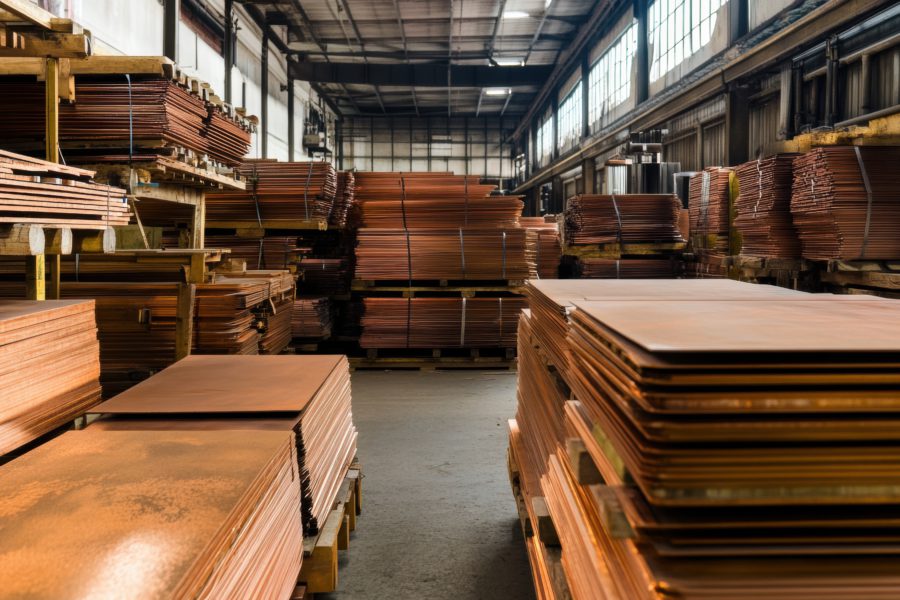Iron ore price extends 6% rally as China mulls relaxing import rules

The iron ore price jumped more than 2% on Tuesday, extending a 6% rally that began Thursday last week when Chinese commodities traders returned from a three-day holiday.
The benchmark import price of 62% iron ore fines at China’s Tianjin port gained 2.3% or $2.70 to trade at $117.70 a tonne on Tuesday according to data supplied by The Steelindex.
It was the highest price since May 28 and represent a 6.6% gain from the 2013 low of $110.4 hit at the end of that month.
Most analysts still predict a steady decline in the price of iron ore towards the end of this year and into 2014 on the back of a slowdown in China which consumes more than 60% of the seaborne trade and vast new supplies coming on stream.
But the import price could be supported by new rules being proposed by Chinese authorities to open up the industry to market forces.
China plans to scrap its decade-old import licensing system in an attempt to eliminate middlemen in the market who charge commissions for importing ore.
The new rules which according to a Reuters report would be implemented in the second half of the year are designed to lower costs for steel mills which will now be allowed to import directly.
In the long run if the rules were to be implemented it would favour the big three exporters – Vale SA (NYSE:VALE), Rio Tinto (LON:RIO) and BHP Billiton (LON: BHP) – by lowering the cost of imported ore for China’s steel industry relative to domestic supplies.
The proposed end to the licensing system marks something of retreat for Beijing which has made many attempts to wrest control over pricing away from the major Brazilian, Australian and South African miners.
The huge swings in the price of iron ore in recent years has one more than on occasion prompted China’s national planning agency to allege that Vale, Rio Tinto and BHP Billiton are manipulating the price, but attempts to improve transparency in the industry have met with little success.
The launch of the China Beijing International Mining Exchange (CBMX) in May last year was largely deemed a flop and trading volumes remain very low despite official support from Vale and others.
The Singapore-based globalORE rival to CBMX spearheaded by BHP Billiton handles more trades and iron ore swaps and futures volumes have also grown significantly, but all these systems remain a small part of price-setting within the industry.
At the same time price volatility has only increased.
Iro ore remains down more than 25% from its 2013 high of $159 hit in February and the recent sharp pullbacks and subsequent rallies were beginning to resemble the trading patterns during the fall of 2011 and again in 2012.
Iron ore hit an all time record in February 2011 of over $190 and famously eight months later suffered a $60 drop over the duration of 28 days.
The market suffered a similar shock in August-September last year when the Chinese import price dropped 25% over a month to a three-and-a-half year low of $86.70.
{{ commodity.name }}
{{ post.title }}
{{ post.date }}



Comments